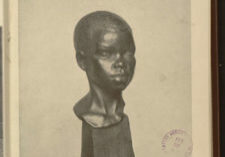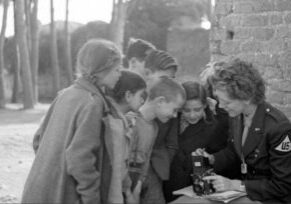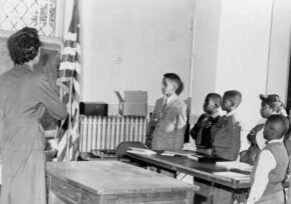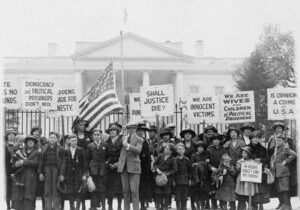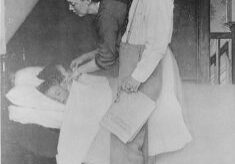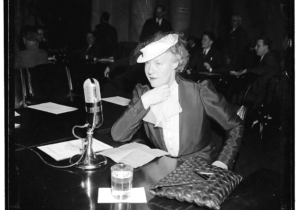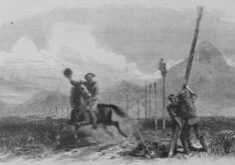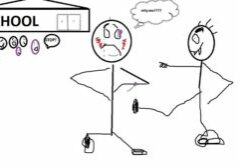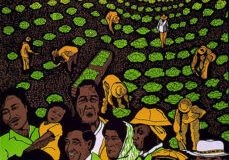Lesson Plans
The Brownies’ Book: I Am an American Citizen
Students analyze an issue of the Brownies' Book to investigate its historical significance and explore how the theme of American citizenship was presented to children back then and could be represented to youth of today.
Electromagnetism, Electric Communication, and Community
Students examine the science of communication and its role in building community in our country. Using the invention of the telegraph and what it meant for the unification of our nation, students look at the scientific elements of communication and the impact on people, then explore electromagnetism and electric communication by doing a hands-on activity to build and use their own telegraph machines out of household materials or by viewing a video on building a telegraph. Finally, students put the role of communication in community building into a broad and applicable context by evaluating the place of digital communication in today’s world.
Dolores Huerta: Collaborating to Affect Change
Students explore the experiences of Mexican-American farmworkers in the United States and learn about how they – especially through the leadership of Dolores Huerta and the United Farm Workers – worked with others for improvements in pay and working conditions, as well as respect for their civil rights. Students analyze primary sources that document working and living conditions for farmworkers in order to build context and then analyze additional sources that highlight the contributions of Dolores Huerta. Finally, students complete a writing assignment to reflect on working with others to help solve a problem.
